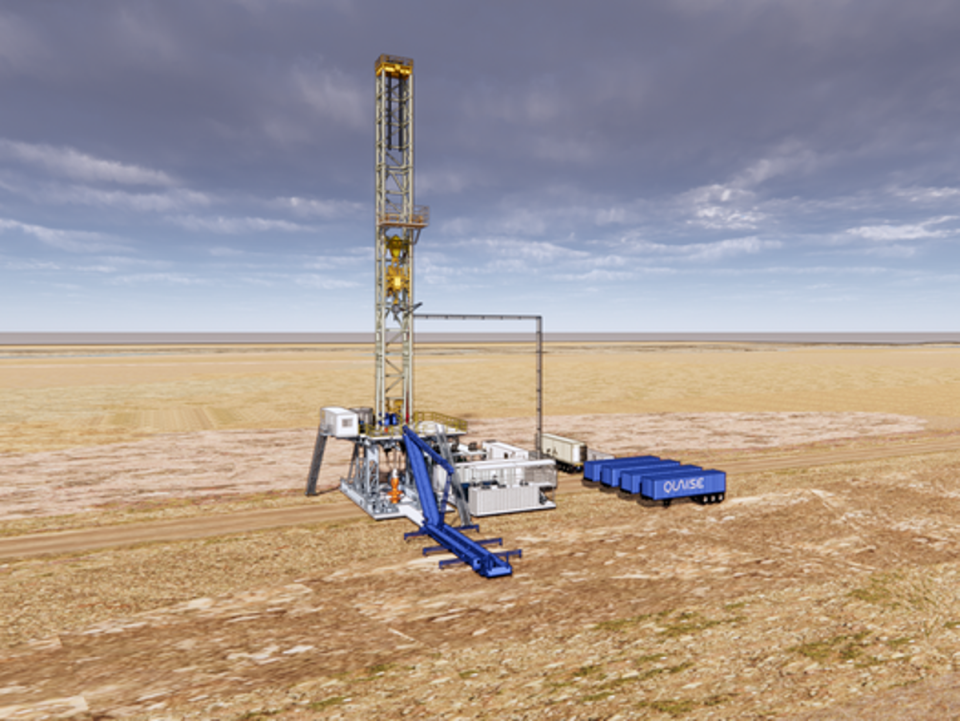World’s deepest hole digger could unlock enough geothermal energy to power the world

A machine capable of digging the world’s deepest hole could potentially unlock enough renewable energy to power the entire planet, according to its creators.
US-based Quaise Energy is developing a drilling rig that it hopes will reach 16km (10 miles) beneath the Earth’s surface in order to tap “inexhaustible clean energy” from geothermal heat in the crust.
“The total energy content of the heat stored underground exceeds our annual energy demand as a planet by a factor of a billion,” Matt Houde, co-founder of Quaise Energy, said at TedX Boston last week.
“Tapping into a fraction of that is more than enough to meet our energy needs for the foreseeable future.”
The current record for the world’s deepest hole is the Kola borehole in the Arctic Circle, which measures 12.2km deep. It took the USSR more than two decades to drill but was abandoned following the collapse of the Soviet Union.
The difficulties of drilling at those depths have meant tapping deep geothermal energy at scale has so far proved impossible.
After boring through softer rock closer to the surface, Quaise Energy replaces traditional drill bits with milimetre wave energy that melts and vaporizes the harder rocks it encounters.
The technique was developed by researchers at MIT 15 years ago, and is finally ready to be taken out of the lab.

Several obstacles still remain before record depths can be reached, notably the challenge of removing the ash from the borehole once the rock has been vaporized.
“Our current plan is to drill the first holes in the field in the next few years,” said Houde.
“And while we continue to advance the technology to drill deeper, we will also explore our first commercial geothermal projects in shallower settings.”
If successful Quaise Energy claims that any country on Earth could potentially become energy independent. The firm has already raised more than $63 million in an effort to commercialise the technology.

 Yahoo Finance
Yahoo Finance 